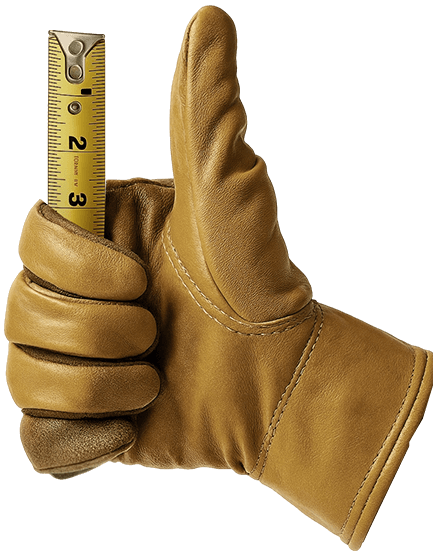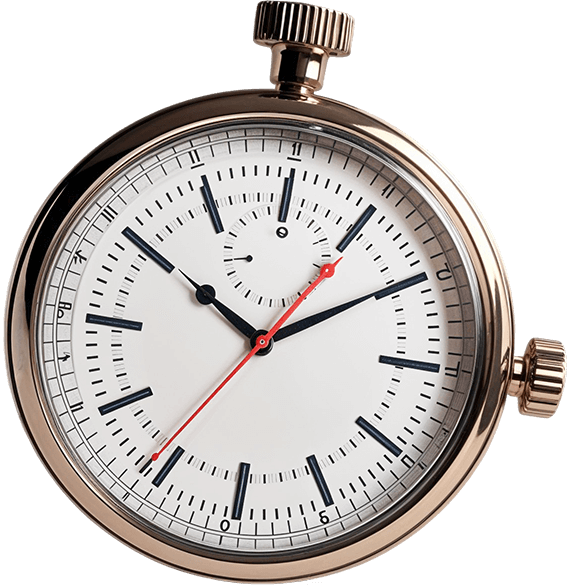Synopsis:
Loft doors are more than a design element. It’s an investment in:
- The value of your property
- Comfort for everyday use
- Satisfaction with the unique style of the house
In this guide you will find key knowledge that will help you avoid the most common selection mistakes. You’ll learn how to recognize high quality, what to look for when planning, and why you should look beyond price.
Table of Contents:
The 5 most common pitfalls when choosing
Buying a loft door is an investment for years. Unfortunately, emotions and haste often lead to mistakes that cost us time, nerves and money.
The most expensive doors are those that need to be replaced after 3 years.
The most common mistakes when choosing
Planning errors
Overlooking functional requirements
Misjudging the quality of materials
Learn the 5 most common traps buyers fall into.
Knowing about them is half the battle.
Trap 1. Premature or inaccurate measurements
This is the most common and costly mistake. Doors ordered to the wrong size are a waste of time and money, and sometimes the walls need to be redone.
The problem: Measuring before finishing work is a simple path to disaster.
Solution: Always measure after plastering and final flooring. Check the opening at a minimum of 3 points - walls are rarely perfectly straight.
Key rule: measure three times, order once.
Trap 2. Ignoring utility parameters
Delight in appearance often obscures practical thinking.
Remember – you will live with this door every day for many years.
Aesthetics are not everything. It’s always worth considering:
- Do you need sound insulation?
(standard glass lets sound through) - Is privacy important?
(Maybe frosted glass instead of clear?) - Is the door supposed to be secure?
(Glass should be tempered or laminated)
Key Aspects of Glass
Typical thickness of VSG safety glass in premium doors for robustness and safety. Safety Glass (ESG/VSG): Essential for protection. ESG (tempered) shatters into small, less threatening pieces. VSG (laminated) keeps shards on film.
Acoustic Glass: Reduces noise, crucial for comfort, such as VSG with acoustic film.
Glass sound insulation level (db).
Float glass - standard (-20 db)
VSG 6.76 mm glass (-30 db)
VSG glass with acoustic film. (-37 db)
Trap 3: Saving on the wrong elements
The temptation of a low price is strong, but remember – doors are no place to compromise. What you save today, you will spend double tomorrow on repairs and replacement.
Cheap doors = expensive problems.
Low price often means:
- Thin profiles that deform
- Cheap paint that peels quickly
- Fittings that fail after a year of use
Service life
Number of opening-closing cycles without failure.
Classification according to the standard: EN 1191, EN 12400
Premium doors: 2,000,000 cycles
Budget doors: 80,000 cycles
Trap 4. Ignorance of material differences
Vendors often use the term “loft door” very casually.
You need to know what to ask to get what you pay for.
Steel or aluminum – this is a fundamental decision:
Steel = slender profiles, authentic loft, greater durability, welded profile joints, solid and stable construction.
Aluminum = lighter, often cheaper, but requires thicker profiles, bolted profile joints, vibration effect when handling large-format doors.
The use of steel depending on the product.
Standard doors
Premium doors
Soft close
mechanism that slows down the closing of doors, allowing them to close gently and quietly without slamming. Most low-cost solutions lack what you can’t see at first glance
Use of the Soft Close mechanism
Budget doors
Premium doors
Muntins
True Glazing bars structural muntins (TDL), integrally welded, are a premium door feature, providing authenticity and solidity. Stick-on muntins (SDL) are a less expensive solution, often found in budget products.
Trap 5: No assembly plan
Doors look beautiful in the living room, but will they fit in your interior? Lack of a well-thought-out installation plan is a recipe for disaster – especially with sliding and pivoting systems.
Especially with sliding or pivot (pivot) doors – check the space for the mechanisms and the opening radius.
How do you recognize poor quality? Warning Signals
The market is teeming with “loft style” products that resemble the original in name only. The difference between them and a real loft door is like between a replica and a work of art. Let’s learn to recognize the warning signs. This is a skill that will save you from disappointment and loss of money.
The hidden costs of cheap doors:
Replacement after 5 years = second expense
Lack of insulation = higher bills and discomfort
Fittings failures = frustration and repair costs
Red flags in the construction:
Frame and profiles:
- Visible welds or uneven joints
- Thin, “flaccid” profiles
- Rust on new doors (!)
- Massive aluminum profiles pretending to be steel
- Screw-on glazing bars
Glass:
- No safety certificate
- Thickness less than 4mm
- Unpolished edges
- Air bubbles or scratches
- Wet glass assembly (putty)
Finishing problems:
Paint Coating:
- Uneven coverage
- too thin a layer of less than 60μm not providing protection against corrosion (problem after 5 years)
- using cheap powders of inferior quality
- unsightly execution of the coating
Sprites:
- The possibility of peeling off the muntins - using cheap adhesive tapes.
- Glazing bars printed on shlle , imitation stilettos
Fittings that fail:
- Plastic parts in the handles
- Loud, grinding hinges
- Sliding systems without silent closing
- No adjustability
What to look out for
Choosing a high-quality loft door requires knowledge and attention to detail. It is the details that distinguish a premium product from cheap imitations.
Detailverarbeitung, which is the sum of many small, finely crafted details, requiring hand finishing and the work of skilled craftsmen.
Here are the key elements that guarantee satisfaction with your purchase.
Each of them is important for the final result and long-lasting service.
- Flawless, seamless welds in steel structures.
- No visible screws or fasteners on surfaces.
- Flush and discreetly mounted hardware (hinges, locks).
- Material harmony and consistency of finishes.
- Sensory quality: robustness, smooth and quiet operation.
- Careful setting of the glass, perfectly matched slats.
- Precision-made, slim Glazing bars design.
- A proven manufacturer, preferably with many years of experience in the production of steel components.
- Using branded components of high quality such as: hinges, locks, lacquer powder .
How to distinguish quality materials?
Premium steel profiles:
- Stable in form, steel profile constructed specifically for loft elements
- High-quality corrosion protection.
- Aesthetic and safe installation of glass + easy replacement when needed.
- Welds of high quality and invisible.
Safety glass:
- ESG (tempered) - minimum 4mm
- VSG (laminated) - 6-10mm for better acoustics
Sound insulation:
- Minimum 30dB for comfort
- Up to 41dB in specialized versions
Additional features:
- Soft-close in sliding systems
- Magnetic locks (silent closing)
- Pivot options for the WOW effect
Pay attention to details:
- Precise fit of all components
- High-quality gaskets (such as Q-Lon)
- Fittings of well-known brands
- Powder coating in full RAL palette
The truth is:
a good door you buy once in a lifetime
Select a contractor who:
- Offers professional measurements
- Shows examples of realizations
- Provides clear answers to technical questions
- Provides installation with warranty
3 key principles:
- Don’t skimp on quality
– the price difference will pay for itself in durability - Pay attention to the details
– they show the class of the product - Choose proven manufacturers
– reputation matters
Data origin:
The figures, quality parameters and technical requirements cited in the analysis were based on a multi-faceted review of industry literature and manufacturers’ specifications. This included, among others, from:
- European standards: DIN 18101, DIN EN 14351-2, DIN EN 12150 (ESG), DIN EN ISO 12543 (VSG), DIN EN 12600 (glass impact tests), DIN 18202 (construction tolerances), EN 1191 and EN 12400 (door durability).
- Guidelines of the ift Rosenheim institute, including aesthetic tolerances, performance tests, and quality of hardware and paint coatings.
- German guidelines for the visual evaluation of joinery products, such as Betrachtungsabstand (acceptable surface defects evaluated from a certain distance).
- Technical product sheets and brochures from architectural glass manufacturers (e.g., Saint-Gobain Visiosun, Madras® Fluido), from which data on light transmission, sound attenuation (up to 41 dB) and types of finishes are taken.
- Design observations on installation and operational errors, based on the experience of German and Polish market practitioners, including measurement traps, opening directions, hardware compatibility, and threshold seals.


